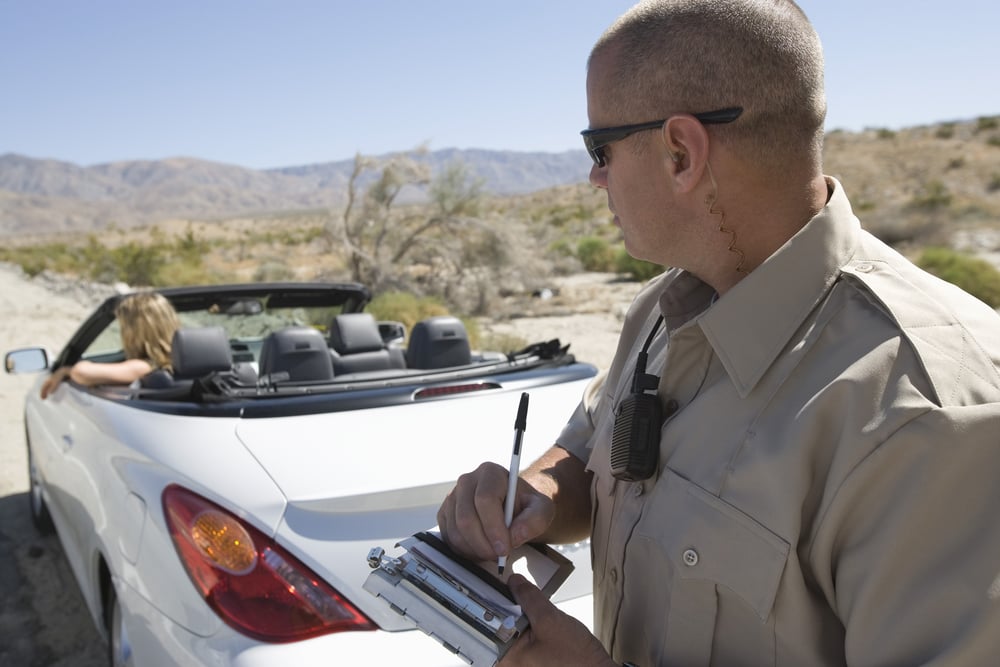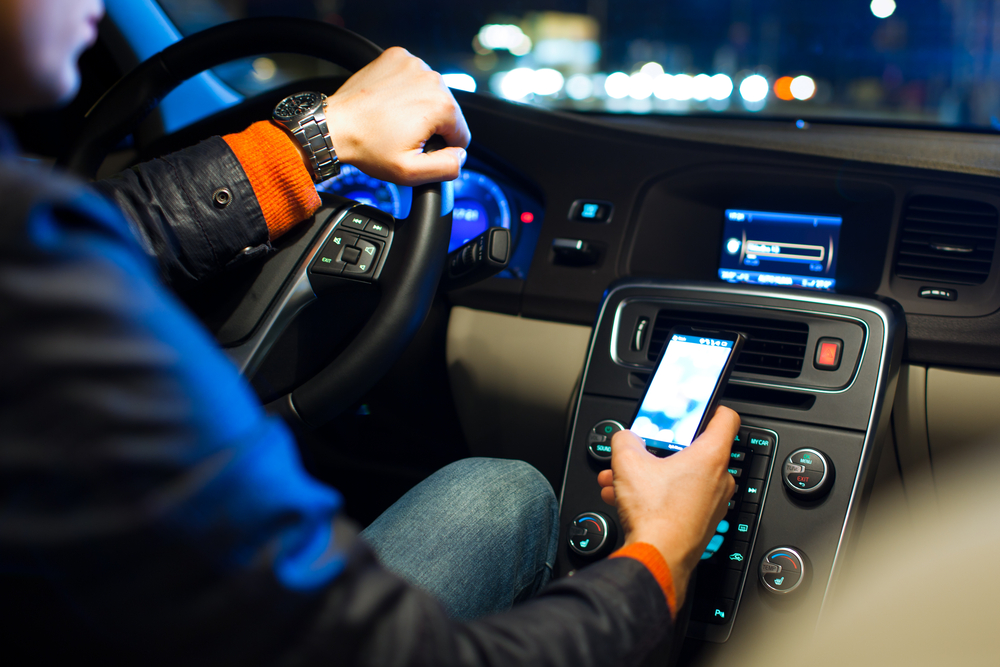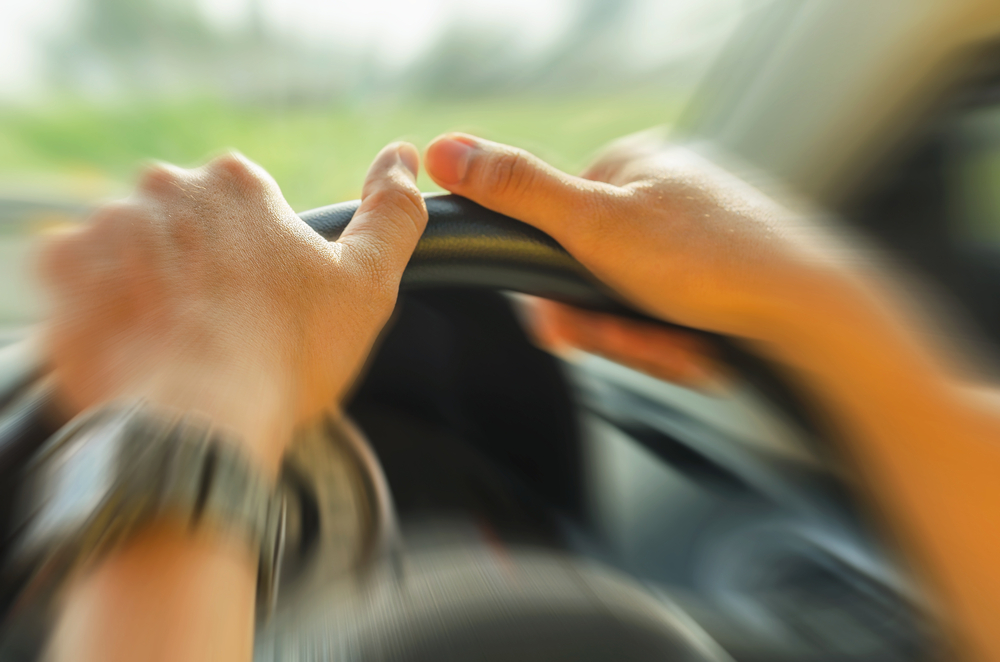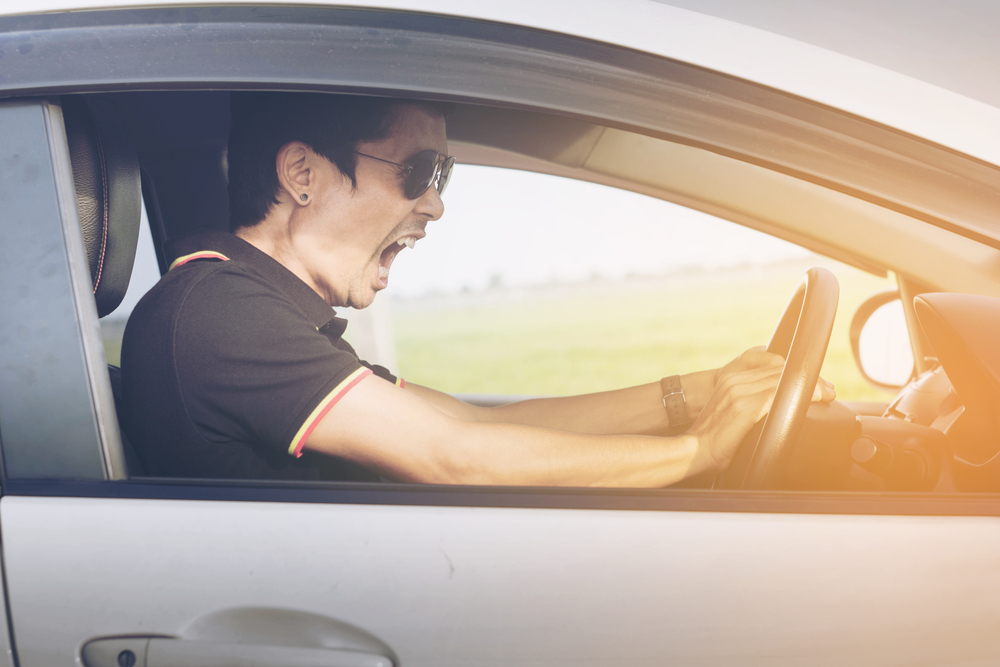U.S. drivers are picking up some bad habits and they’re unwilling to let go of them.
Despite a host of education campaigns and the fact that most know better, the majority of drivers — 92 percent — still use their phones while behind the wheel of the car according to a new study from Everquote, Inc., an online insurance marketplace.
The report data comes from analyzing more than 2.7 million vehicle trips and 230 million miles driven, and ranks a number of driving habits from a low of 1 to a high of 100. Speeding and cell phone use are still proving to be a deadly combination, and the study found that nationally, drivers earned a score of 79 or a “C” for their driving skills.
The five states with the highest driving scores were:
- Montana.
- Wyoming.
- Alaska.
- North Dakota.
- South Dakota.
Rounding out the five states with the lowest scores were:
- New Hampshire.
- New Jersey
- Pennsylvania
- Connecticut.
- Rhode Island.
Midwesterners are the safest drivers, scoring an 83 out of 100, while drivers in the Northeast scored the lowest at 75.
The study also identified several other behaviors that affect how safe a driver is behind the wheel. Read on…

1. Speeding
It seems we’re usually in a hurry when we’re behind the wheel and speeding was the lowest-rated unsafe driving habit — scoring an average of 79. More than one-third of drivers (36 percent) admit to driving 10 or more miles per hour over the speed limit.
Women (78) scored slightly higher than men (76), and men were five percent more likely to speed on trips than women. Age also doesn’t seem matter when it comes to speeding, drivers under and over the age of 21 reported speeding on nearly 40 percent of trips taken.
Drivers should be aware that in some states, driving more than 20 mph over the posted speed limit or going faster than 80 mph regardless of the posted speed limit, is considered reckless driving.

2. Phone use
Despite laws addressing texting and talking while driving, this still hasn’t been enough of a deterrent to keep drivers from using their phones behind the wheel, since phones are still used on 38 percent of trips.
Drivers in the south (41 percent) were the most likely to talk and drive, compared to those in the Midwest (37 percent), Northeast (35 percent) and West (34 percent). Male drivers are 10 percent less likely to use their phones while driving, using them on 39 percent of their trips, compared to women, who use their phones 43 percent of the time.

3. Risky acceleration
The study found that 21 percent of driving trips involved aggressive acceleration with a score of 85 out of 100, and 21 percent of all trips involved this type of behavior.
Male drivers were 11 percent more likely to display risky acceleration habits, using it on 21 percent of their trips, compared to women at 19 percent.

4. Hard braking
Sometimes, risky acceleration can also lead to hard braking, and nearly one-third (32 percent) of all trips involve this type of behavior. Drivers in the South are the most likely to brake aggressively (31 percent) compared to those in the Midwest and West at 26 percent.

5. Hard turns
Driving experience plays a role in how well drivers handle turns. Less than one out of every five trips involves what the study termed “hard turns” and it has the highest safety rating of the other habits listed, coming in at 86 out of 100.
Women make fewer hard turns (13 percent) than men (16 percent), but teen drivers seem to have the most difficulty with turns, since they are 50 percent more likely to make hard turns while driving and had a safety rating of 80. The numbers drop considerably when drivers reach the age of 21, their safety rating increases to 87 and they only take hard turns on 14 percent of their trips.
Overall, drivers over the age of 21 have a safety rating of 78, while those under 21 are only slightly lower at 74.
“We hope this data sheds light on actual driving habits versus people’s perceptions of their driving skills,” said EverQuote CEO Seth Birnbaum in a press release. “Our goal is to empower drivers to use their scores to improve their driving skills and ultimately make the roads safer for themselves and the 214 million drivers on the roads across the U.S.”












